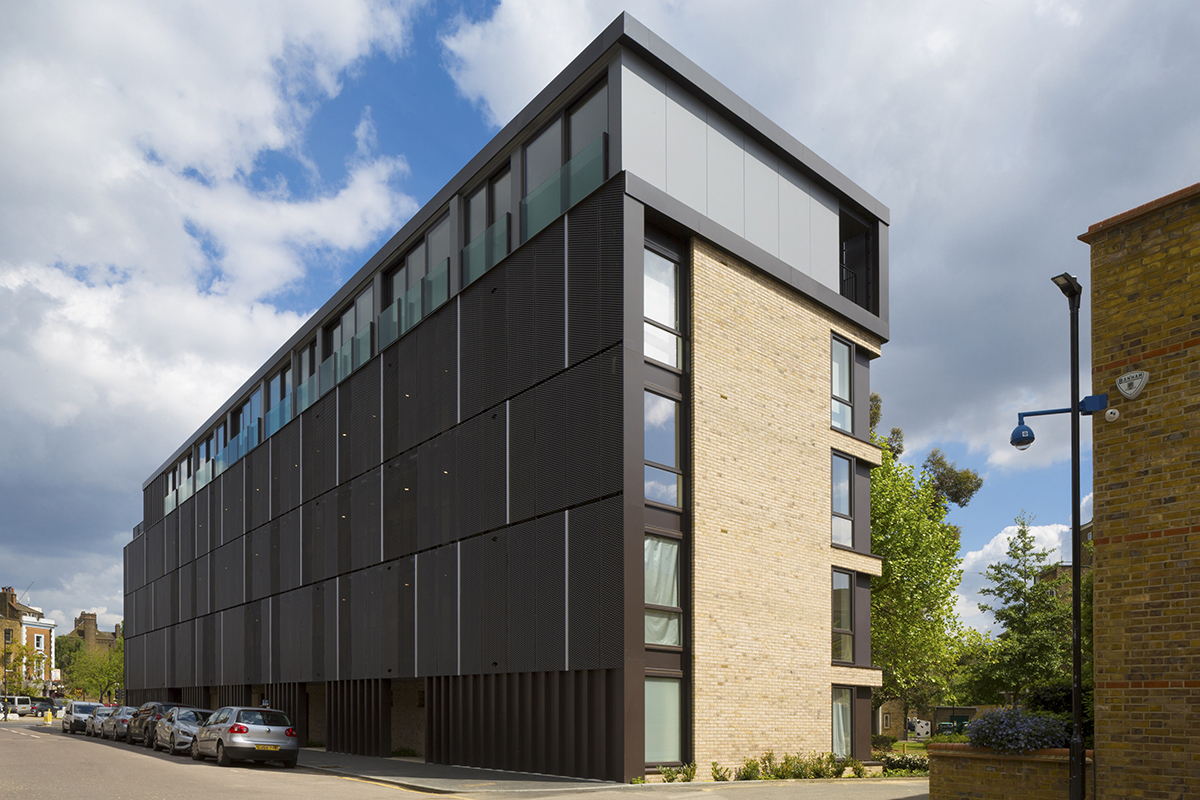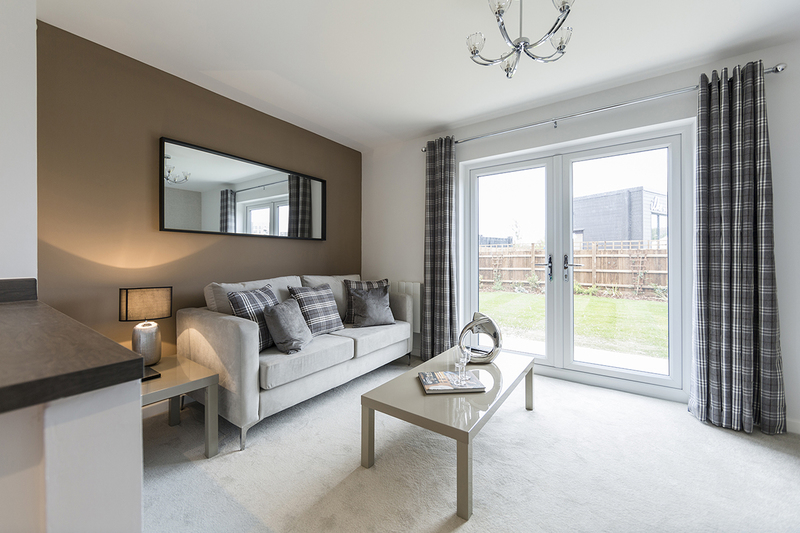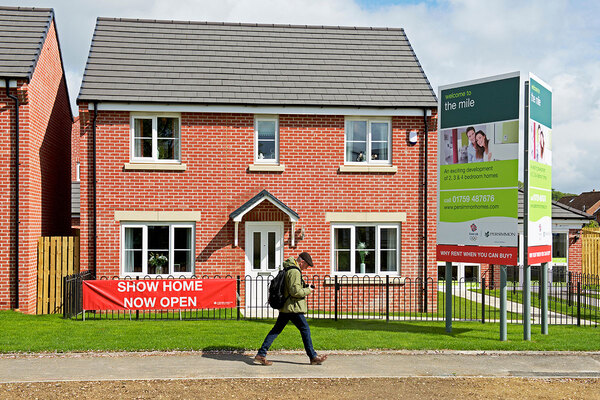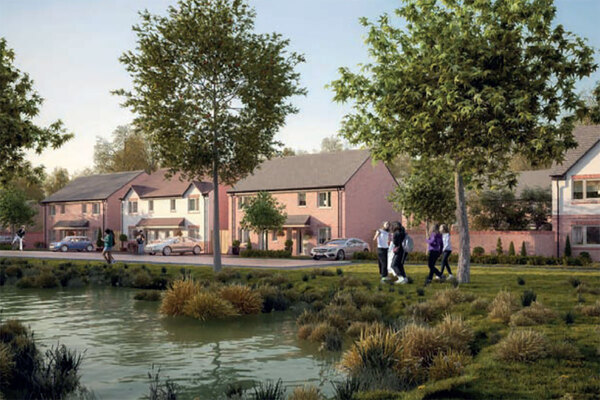The offsite rule
Pete Apps takes a look at the state of the offsite industry and asks what the future holds. Illustration by Danny Capozzi.
Gallions Reach in east London is home to a slightly dilapidated retail park, a disused gas plant and floodplains which stretch out to the Thames, broadening to the sea as the river leaves London.
Among this open space, which has a rare sense of desertion and sparseness for those used to this part of the capital, are two neat, modern, semi-detached houses, standing incongruously alone. Two weeks earlier, they were not here at all. These houses – and others like them – help explain why there is so much excitement about offsite construction.
The facts of the housing crisis are familiar to Inside Housing readers. To restate the problem, most credible experts think we need somewhere between 250,000 and 300,000 homes a year in England to meet demand. But despite the best efforts of policymakers, we are currently bobbing along either slightly south of 200,000 or north of 140,000 depending on which set of government statistics you prefer.
A panacea
To a numbers-obsessed government then, offsite represents something of a panacea. It offers speed, machine precision quality and a solution to one of the problems that has long-plagued the housing sector: the shortage of skilled labour. Earlier this year, influential construction consultant Mark Farmer penned a report on construction skills in the UK it was called Modernise or Die; in the view of many, offsite represents the former option.
In Sweden, 80% of all detached houses have some factory-built element. In Japan, it is 16%. But in the UK it is just 5%. And, as is often the case with apparently innovative housing policy, offsite is not a new concept. In fact, it has been a part of housebuilding in one form or another since the end of World War I without ever really catching on. But with some big players coming into the sector over the past couple of years, there is optimism this may change. So is this really the birth of a new modular era or another false dawn?
The two homes at Gallions Reach were built by Ilke, a new joint venture between contractor and developer Keepmoat and established offsite provider Elliott. For several decades, Elliott has been putting up offsite buildings of a variety of types, most famously McDonald’s restaurants. Its tie-up with Keepmoat is, however, its first major expansion into the world of residential.
The company is building up slowly. It expects to deliver around 60 units this year. At present, it is operating out of Elliott’s existing factory, but it is in talks about setting up mini plants with local authorities where there could be high demand for offsite. The idea is that localised delivery could cut development times further.
Ilke is the most recent of several new entrants to the market in the past year. The best known is Legal & General (L&G), whose giant factory in Leeds has started to crank out its first homes after a lengthy set-up phase.
At an earlier stage in the development process is the consortium made up of housing association Your Housing Group (YHG), renewable energy company WeLink and Chinese government-linked China National Building Material Company. Despite big ambitions, the consortium has kept quiet about progress so far – it declines Inside Housing’s request for an interview, and refuses to answer questions about its plans, offering only a short prepared statement.
Nonetheless, with these players coming in alongside others with slightly smaller ambitions, the infrastructure is being put in place for offsite to grow. What Ilke, L&G and the YHG consortium are proposing is what offsite specialists describe as “fully volumetric” solutions, something different from the timber and steel frame factories that have been the norm in the past.
Fully volumetric is jargon for a home that is assembled entirely within the confines of a factory and then transported to the site and dropped into place. The level of fitting out is quite incredible in its detail – homes arrive on the back of a lorry with curtains, wallpaper and white goods already installed. It is what one Keepmoat executive describes as “plug in and play” housing. The plug-in aspect of this is, of course, quite complex – requiring full utility connections – but with a headwind and good preparation, Ilke believes this can all be achieved in a fortnight.
Quick turnaround
This speed is one of the things that attracts policymakers to offsite. Speaking at Ilke’s launch, David Lunts, executive director of housing and land at the Greater London Authority, says: “In London, we need to be building between 40,000 and 50,000 homes per year – anything we can do to encourage speed is going to be very important.”
There are also financial advantages to being quick. Steve Coleman, director of development at arm’s-length management organisation Lewisham Homes, which has recently announced plans to use modular construction to build 100 new council houses, says using offsite can take six months to a year out of the development process.
“Speed means you start getting the rental income in faster, which helps with viability,” he adds.
While this is a financial benefit, the bold predictions about how much money modular can save are possibly overstated. This is due to a perennial problem: there is a saving to be made, but only at scale. Even so, we are still in the early adopters stage for the industry and the kind of volume that would generate real savings is not yet there.
Keepmoat’s initial “aim” is to achieve the same build cost as traditional methods – not to save money – and accepts that it might not even do this straight away. Others have been more ambitious, with figures as low as £400 per square metre mooted, compared with more than £1,000 using traditional methods. Some experts though, such as Richard Petty, lead director of residential advisory at JLL, have given short shrift to these numbers, describing the lower costing predictions as “frankly fanciful”.
“In London, we need to be building between 40,000 “In London, we need to be building between 40,000 and 50,000 homes per year.”
Part of the problem is that modular is not simply about churning out the cheapest liveable accommodation the factory can produce. The chequered history of pre-fabricated housing means consumers are wary of homes that look too artificial; it is difficult to sell something that looks like a portable cabin. Newer methods provide rendering to make the homes appear traditional.
The two display homes at Gallions Reach appear to be made out of bricks – indeed, the untrained eye would detect no difference between these properties and traditional constructions.
The advantages of this approach – making the products easier to sell and opening up the possibility of using offsite construction for infill projects on existing estates or even conservation areas – are reflected in higher costs and count among the reasons why big builders have stuck to traditional methods.
While lower quality in the past may have left a lingering poor reputation for ‘prefab’ housing, current quality issues with traditional new build may help turn the tide towards factories. In 2017, poor quality new build housing has been one of the biggest housing issues in the consumer media, with scandals engulfing private builders such as Bovis and the housing association sector.
Modern factories, if they fulfil their promise, could theoretically reduce quality problems that can befall new build homes.
“If we can start getting products built with zero or very close to zero defects that is going to do a lot to enhance the reputation of the industry,” says Mr Lunts.
One housing association hoping to make use of this is Richmond Housing Partnership (RHP), which has just received delivery of a prototype of its new ‘pod homes’ – 26 square metre, one-storey homes which are some of the first to roll off the production line at L&G’s factory in Leeds.
The thinking behind this is that the precision and quality of factory-manufactured homes can deliver a small home that is still liveable. And with smaller size, cost savings come in. RHP plans to let the homes to single people who would not be able to afford to rent through the market at £140 per week.
A potential sticking point for the industry is financing. Mortgage lenders understand and are content with traditional build, but have not always been as confident in offering mortgages on offsite products.
To combat this, Buildoffsite – a membership organisation that promotes the sector – has created an accreditation scheme named BOPAS, jointly developed by Buildoffsite, the Royal Institution of Chartered Surveyors, Lloyd’s Register and Building Life Plans, in consultation with the Council of Mortgage Lenders, to assure lenders the products are mortgageable in perpetuity.
With all of these drivers, will offsite take off? Sarah Daly, director of strategic sustainability at consultancy Sustainable Homes, thinks so.
“Within five years or less, modular will be completely normalised, with most of the major house builders either owning their own factory or procuring from the existing supply chain,” she says.
Big players
It is uptake by the big house builders that represents the next big step for the offsite sector. Some have tried it before. According to a source, Barratt Homes, the UK’s largest house builder, was on the verge of doing so when its then-chief executive Frank Eaton was killed in a car crash in 2002.
“The big house builders have a very successful model which they can make money out of, and their culture and background is construction, not manufacturing, so why would they change if they don’t have to?”
says Nick Whitehouse, a founding member of Buildoffsite.
“But most of them have done research, most of them have done piloting, and they are waiting to see what the industry does.”
The big driver that is expected to make the difference is skills. As house builders wait to see what direction the new government takes after the Conservatives failed to win a majority, firms are twitchy about where their future workforce will come from in an industry that is already undersupplied with staff.
Ultimately, it is this shortage of the traditional skills, most experts agree, that will force the hands of the big builders.
Until then, the innovation and early adoption is being led by the social housing sector along with some proactive builders and start-ups. Those two houses on a deserted gas works in east London are among the first fruits of this work, but they will not be the last.
















